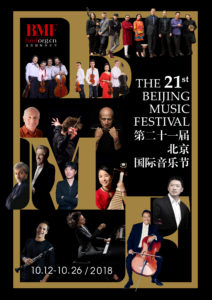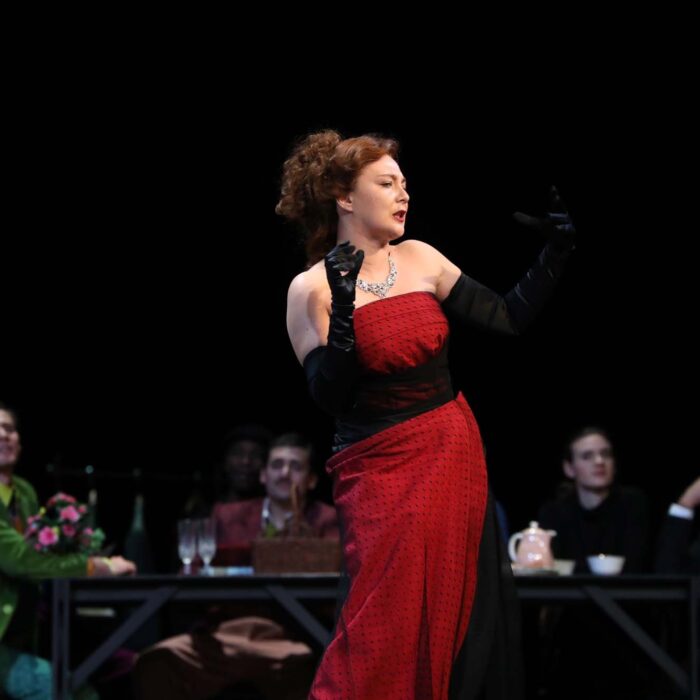
The Beijing Music Festival As A Microcosm For The Great Chinese City
By Francisco SalazarThe Beijing Music Festival is celebrating its 21st anniversary by bringing a diverse array of repertoire intent on exploring its innovative and boundary-crossing initiatives.
This year alone, the festival is showcasing a half-dozen diverse works of music drama and theatre.
It opened its festival with “Farewell My Concubine,” a Chinese opera that brings together a classic story with traditional Chinese music. It also presented its first Musical Theatre piece, “The Orphan of Zhao,” presenting an ancient Chinese story with Rock music and English dialogue. Additionally, this work uses traditional Chinese choreography with a visually minimalistic production that expresses the capabilities of integrating musicals theatre with classical music.
Another major project is the world premiere of the immersive Opera “Orfeo” as well as the Asian premiere of “Diary of One Who Disappeared” with by songs by the romantic compositions of Janacek. Finally, there will be a semi-staged performance of George Benjamin’s “Written on Skin” and Leonard Bernstein’s “West Side Story” will be presented.
What makes this program so interesting is the diversity of stories, but also the music. Not one piece is similar in style or story but what unifies them all is the unique voice that their respective composers and librettos have given to them and the multicultural landscapes they traverse.
And with so much exploration the festival itself becomes a reflection of how multifaceted the city of Beijing is.
Just leaving the Poly Theatre, one will see the incredible modernistic architecture of its hotels and skyscrapers. But if you walk a few blocks you will get a chance to see traditional Chinese structures and traditional Chinese markets and food.
An hour away you can go into the natural countryside where you will be able to see the 21,196 km Great Wall of China, which started being built during the 7th century BC and which is one of the wonders of the world. But the immersive architecture is juxtaposed with the gorgeous landscapes and immense mountainside.
And if you want history there is the Summer Palace, which was constructed during the Qing Dynasty and which spans a vast territory filled with ponds, gardens, and temples.
More impressive is the Juxtaposition of Tiananmen Square with the Forbidden City. Tiananmen Square is dedicated to Mao’s Mausoleum, the Great Hall of people, Monument of People’s Heroes and holds the Chinese National Museum. The square, which is noted as one of the largest in the world, showcases modern architecture that is somewhat reminiscent of structures in Washington D.C.
And if you cross the street, the Forbidden City represents the time periods of the Qing and the Ming Dynasty showing the array of color, abundance, and treasures of Chinese history. The Forbidden City served as the home of emperors and their households as well as the ceremonial and political center of the Chinese government for almost 500 years. Today it is known as the Palace Museum.
While these tourist attractions only cover a section of Beijing, they demonstrate the scope of architecture, history, and environments and shows the evolution and diversity that this city has to offer.
And that is perhaps why the Beijing Music Festival is a microcosm of this beautiful city. In it, we see an embrace of traditional Chinese culture as well as an inclusion of modern ideas from other parts of the world.
Categories
Special Features

